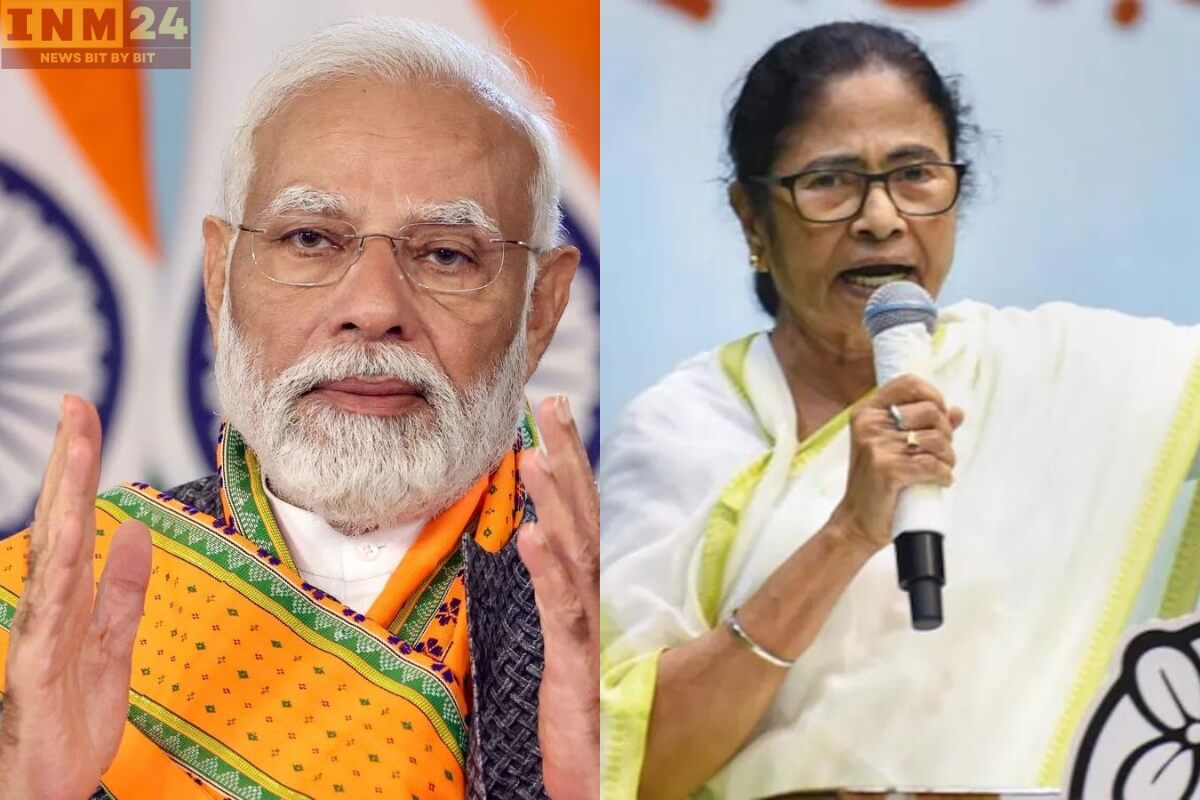In a significant political development, Prime Minister Narendra Modi has thrown down the gauntlet to Mamata Banerjee’s Trinamool Congress (TMC) in West Bengal, setting ambitious goals for the upcoming elections. With the rallying cry of “Ei baar, NDA Sarkar 400 paar” (This time, NDA Government aims for over 400 seats), PM Modi has signaled the Bharatiya Janata Party’s (BJP) unwavering determination to secure a landslide victory in the state.
West Bengal: A Key Battleground in Indian Politics
The battleground of West Bengal has emerged as a focal point in India’s political landscape, with both regional and national parties vying for supremacy. Mamata Banerjee’s TMC has long been entrenched in the state’s political fabric, wielding considerable influence and enjoying successive electoral victories. However, the BJP has been making significant inroads in recent years, capitalizing on grassroots mobilization and ideological fervor to expand its presence in the region.
PM Modi’s challenge to Mamata Banerjee’s TMC reflects the BJP’s confidence in its electoral prospects and its commitment to transforming West Bengal’s political landscape. By setting a target of over 400 seats for the National Democratic Alliance (NDA), PM Modi aims to galvanize support for the BJP and its allies, rallying voters around the promise of a decisive mandate for governance and development.
The BJP’s electoral strategy in West Bengal has been characterized by an aggressive campaign focused on addressing grassroots issues, promoting Hindutva ideology, and leveraging PM Modi’s popularity as a national leader. Through a combination of high-profile rallies, door-to-door outreach, and social media engagement, the party has sought to mobilize support across diverse demographics and constituencies.
At the heart of PM Modi’s challenge lies the BJP’s vision for West Bengal’s future, emphasizing development, economic growth, and cultural resurgence. The party’s manifesto for the state outlines a comprehensive agenda encompassing infrastructure development, job creation, agricultural reforms, and initiatives to preserve and promote Bengali culture and heritage.
However, PM Modi’s challenge to Mamata Banerjee’s TMC is not without its obstacles. The TMC, led by its formidable chief minister, has mounted a spirited defense of its stronghold, leveraging its grassroots network, welfare schemes, and pro-poor policies to consolidate support among the electorate. Additionally, the alliance between the TMC and other regional parties poses a formidable challenge to the BJP’s electoral ambitions in the state.
High-Stakes Showdown: PM Modi vs. Mamata Banerjee in West Bengal Elections
As the political temperature rises in West Bengal ahead of the elections, PM Modi’s challenge to Mamata Banerjee’s TMC sets the stage for a high-stakes battle for power and influence. With both parties pulling out all the stops to secure victory, the outcome of the elections will not only shape the future of West Bengal but also have far-reaching implications for India’s political landscape as a whole.
In the crucible of democracy, where competing visions and ideologies collide, West Bengal stands as a microcosm of India’s diverse political tapestry. PM Modi’s challenge to Mamata Banerjee’s TMC epitomizes the spirit of democratic competition and the pursuit of power through the ballot box. As voters prepare to cast their ballots, the fate of West Bengal hangs in the balance, awaiting the verdict of its people in the arena of electoral democracy.
